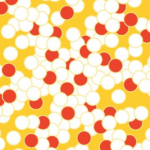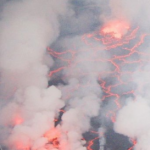Mark Kulie (GMES/EPSSI) is the principal investigator on a project that received a $8,448 research and development grant from the National Aeronautics and Space Administration (NASA). The project is “Deployment and Maintenance of a Proposed Snowfall Measurement Network to Study GFM Footprint-level Snowfall Variability.”
This is a nine-month project.









